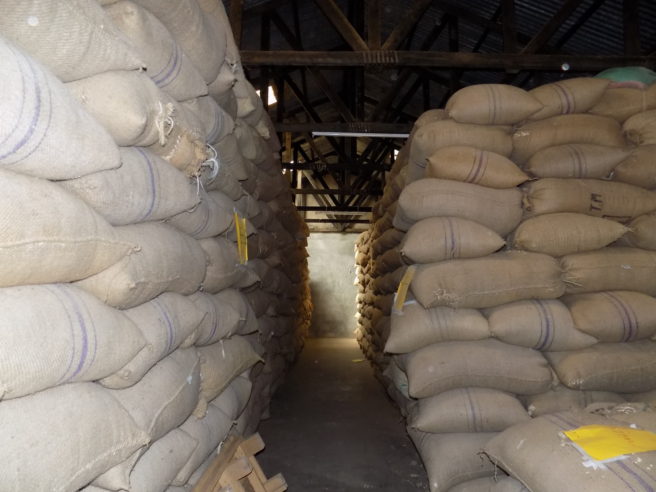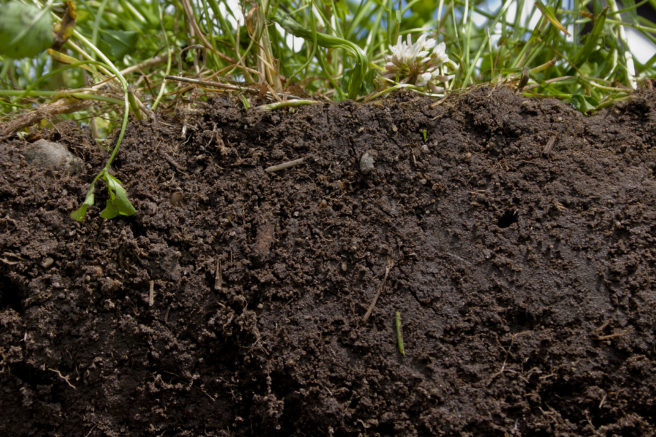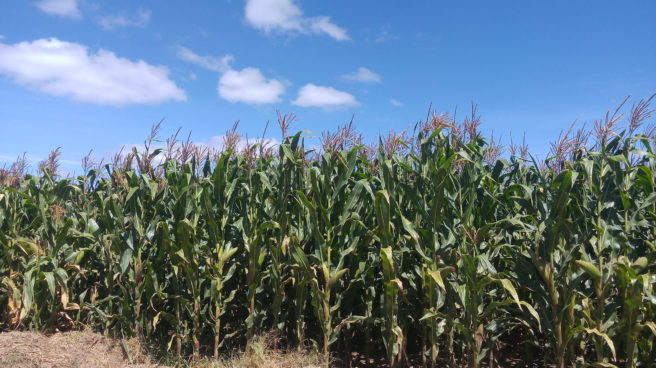Mid-June this year, President Uhuru Kenyatta assented into law the Warehouse Receipt System (WRS) Bill 2017. The WRS act will provide a legal framework for the development and regulation of a WRS to address marketing challenges associated with the grain sub-sector. The WRS is defined as “part of the whole of the process of depositing commodities in a licensed warehouse, the issuance of a warehouse receipt…






